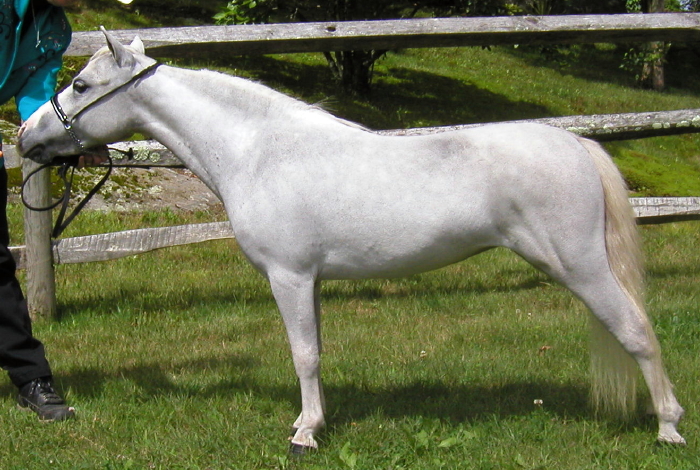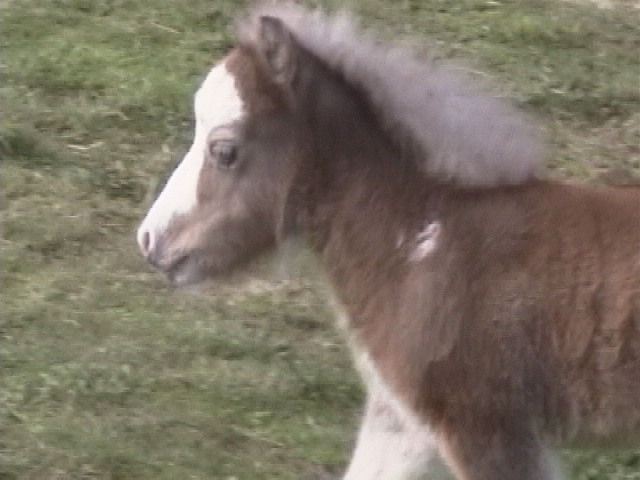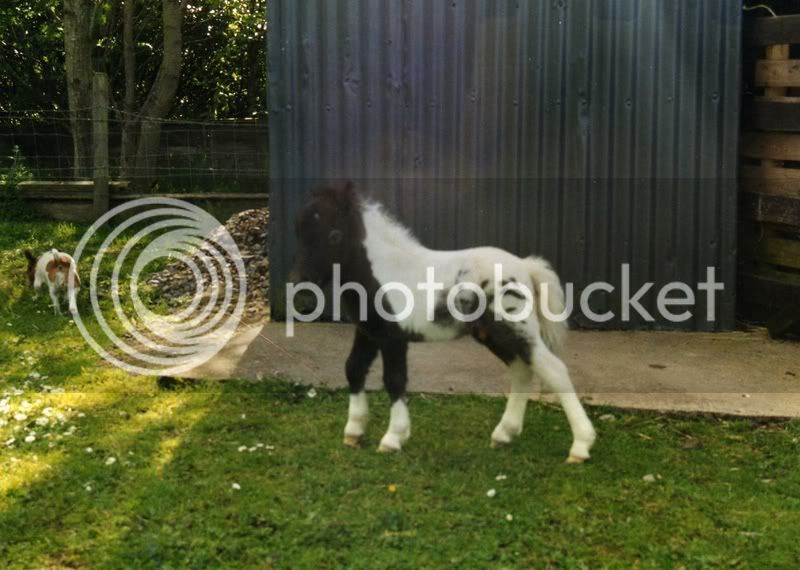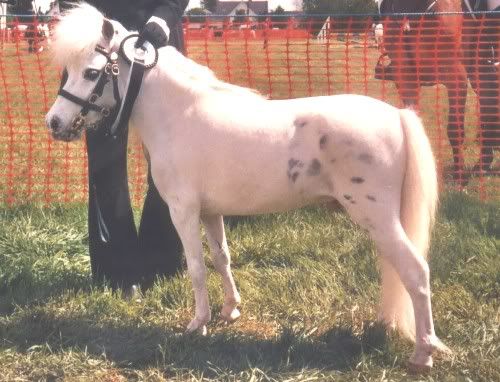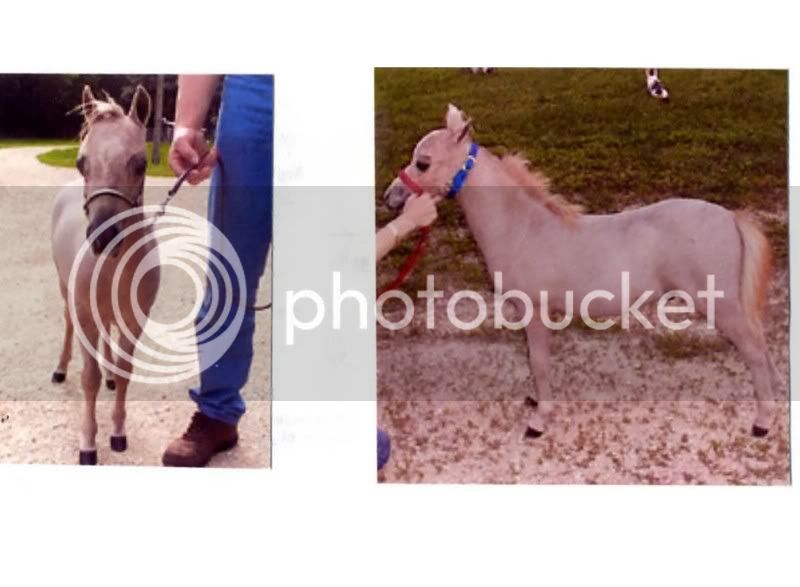shoeboxstables
Well-Known Member
Hi Everyone,
I was thinking this morning, and after mulling it over I'm more confused than when I started! I'm sure I could look it up somewhere, but usually asking you guys seems to work even better!
Ok. Grey. How does it work? I've been thinking about it, and I can't see how it is a normal 'color'. Is is more like roaning? I understand that color is controlled by multiple alles, but does grey have one itself? It obviously cannot be a regualr 'color' in that what base color would a homozygeous grey be? Is it technically a 'marking' then? I can't see what it would share with, unless it was just a sort of attachment on a normal color. Can roans be greys also? Ha- ok- could a blue roan pintaloosa with four socks, and 2 colored mane/tail grey out? (I know I just tossed in a ton of genes). And how is it that it is dominent over everything- right down to markings like distal spots? That would lead me to believe that it is like a disease that clings to and masks everything color-oriented (hehe sounds evil!). And why is it progressive?
Sorry- lots of questions- but I'm baffled! Anyone know?
 :
:
(PS- when I say regualr color- I mean like Chestnut)
I was thinking this morning, and after mulling it over I'm more confused than when I started! I'm sure I could look it up somewhere, but usually asking you guys seems to work even better!
Ok. Grey. How does it work? I've been thinking about it, and I can't see how it is a normal 'color'. Is is more like roaning? I understand that color is controlled by multiple alles, but does grey have one itself? It obviously cannot be a regualr 'color' in that what base color would a homozygeous grey be? Is it technically a 'marking' then? I can't see what it would share with, unless it was just a sort of attachment on a normal color. Can roans be greys also? Ha- ok- could a blue roan pintaloosa with four socks, and 2 colored mane/tail grey out? (I know I just tossed in a ton of genes). And how is it that it is dominent over everything- right down to markings like distal spots? That would lead me to believe that it is like a disease that clings to and masks everything color-oriented (hehe sounds evil!). And why is it progressive?
Sorry- lots of questions- but I'm baffled! Anyone know?
(PS- when I say regualr color- I mean like Chestnut)




